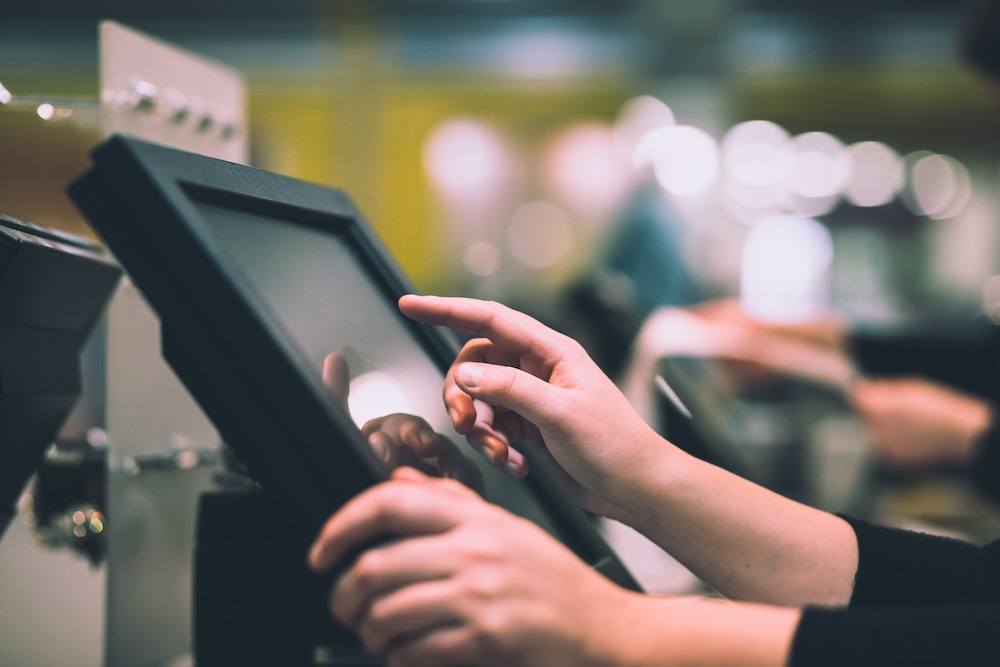The future of food is not found solely in the ingredients on a plate nor entirely within the digital bytes of an online order. Instead, it’s a “phygital” experience. We’re all looking for a seamless integration of the physical and digital worlds and that is rewriting the dining script. This concept is taking root, particularly in the fast-food industry, and it promises to revolutionize how we experience food.
Restaurants used to be purely physical spaces: places to sit, order, eat, and socialize. Today, they’re morphing into interactive ecosystems where the digital interface complements the tangible. This transformation has been propelled by technological innovations such as self-service kiosks, mobile ordering, and AI-powered personalization. And all of this is changing the rules of customer engagement.
Today’s consumers are after more than just quick meals; they demand convenience. Not just for the food ordered from a screen, but for a comprehensive experience that combines the comfort of traditional dining with the efficiency of digital services. They want to feel the ambiance, engage with friends, and take that much-needed pause from their daily grind. However, they’re increasingly leaning towards digital avenues for ordering, customized choices, and virtual payments.
So, why is the phygital approach poised to be the future of food?
Convenience
Firstly, convenience is at its heart. The digital enhancements in the food ordering process mean that a meal is just a click away, significantly reducing the friction traditionally associated with eating out or ordering in.
Personalization
Secondly, personalization. The more customers interact with digital-ordering platforms, the more data is generated. Advanced analytics and AI can process this data to understand consumer preferences, predicting what they might crave and offering tailored recommendations. Imagine walking into a fast-food restaurant that knows your habits, down to the exact amount of mustard!
Streamline Operations
Thirdly, the phygital model streamlines operations which enhances efficiency across the board. With integrated systems, restaurants can manage inventory in real-time, predict peak hours, and allocate resources more effectively. This not only trims costs but also slashes wait times, to elevate the customer experience.
While the pandemic was a significant catalyst in this shift, driving establishments to rethink their operating models, the phygital approach’s benefits suggest it’s more than a survival tactic—it’s the next blueprint for growth. Embracing this strategy is not just about meeting current consumer expectations. It’s about anticipating the future and preemptively adapting to changes in the food industry landscape.
Restaurants investing in this hybrid model are positioning themselves at the vanguard of the industry, ready to meet evolving customer needs with agility and innovation. They’re not just serving food; they’re serving experiences, convenience, and personalized engagement that modern diners value.
The future of food is not a binary choice between the digital and the physical. It’s a blend of both—a phygital experience that satisfies our hunger for convenience and connection, taste and technology. As we move through this next evolution, one thing is clear: the restaurants that will thrive are those that recognize the menu for success is not just about what’s on the plate, but also how it’s served in a progressively phygital world.
We’ve worked with several restaurants that are maneuvering through this latest revolution. We can help you enable the right technology across all your locations. Contact us to discuss the details.
